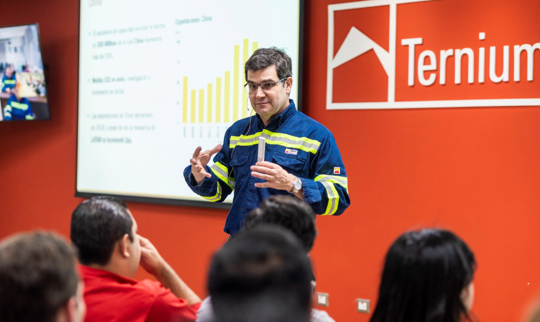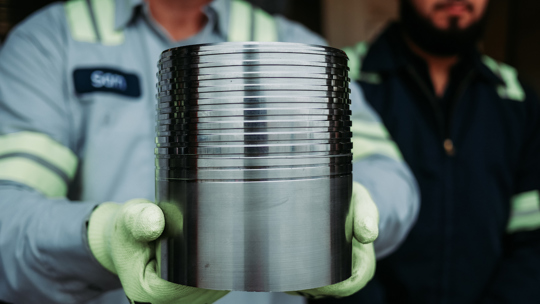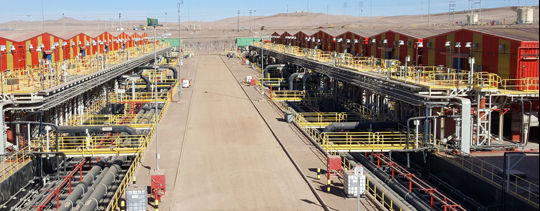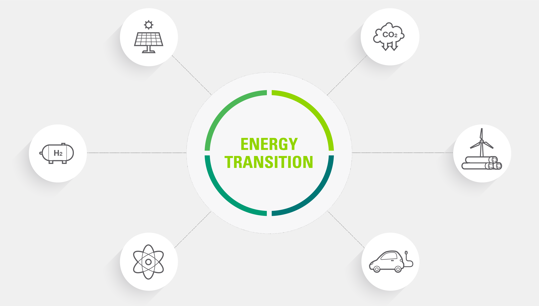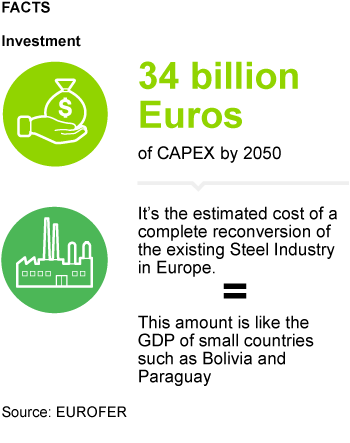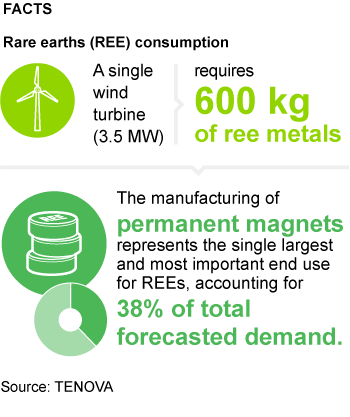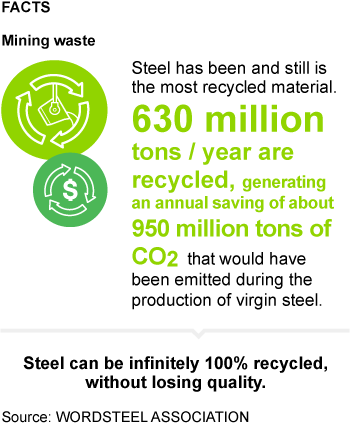 Abstracts
Abstracts
Net Zero by 2050: A Roadmap for the energy sector
The IEA prepared a roadmap at the request of the UK government, who is presiding the 26th Conference of the Parties (COP26) of the UN’s Framework Convention on Climate Change, taking place in Glasgow during November 2021.
The roadmap laid by the IEA is “one of many”, as the report likes to remind us now and then, and although it mentions “there’s no one-size-fits-all approach to clean energy transitions”, it does little to show how the solutions proposed affect different economies, how assumptions on technologies vary between regions or who would pay for the changes implied.
- Source: IEA
- Author: Abstract by Tecpetrol
- Date: 15/5/2021


